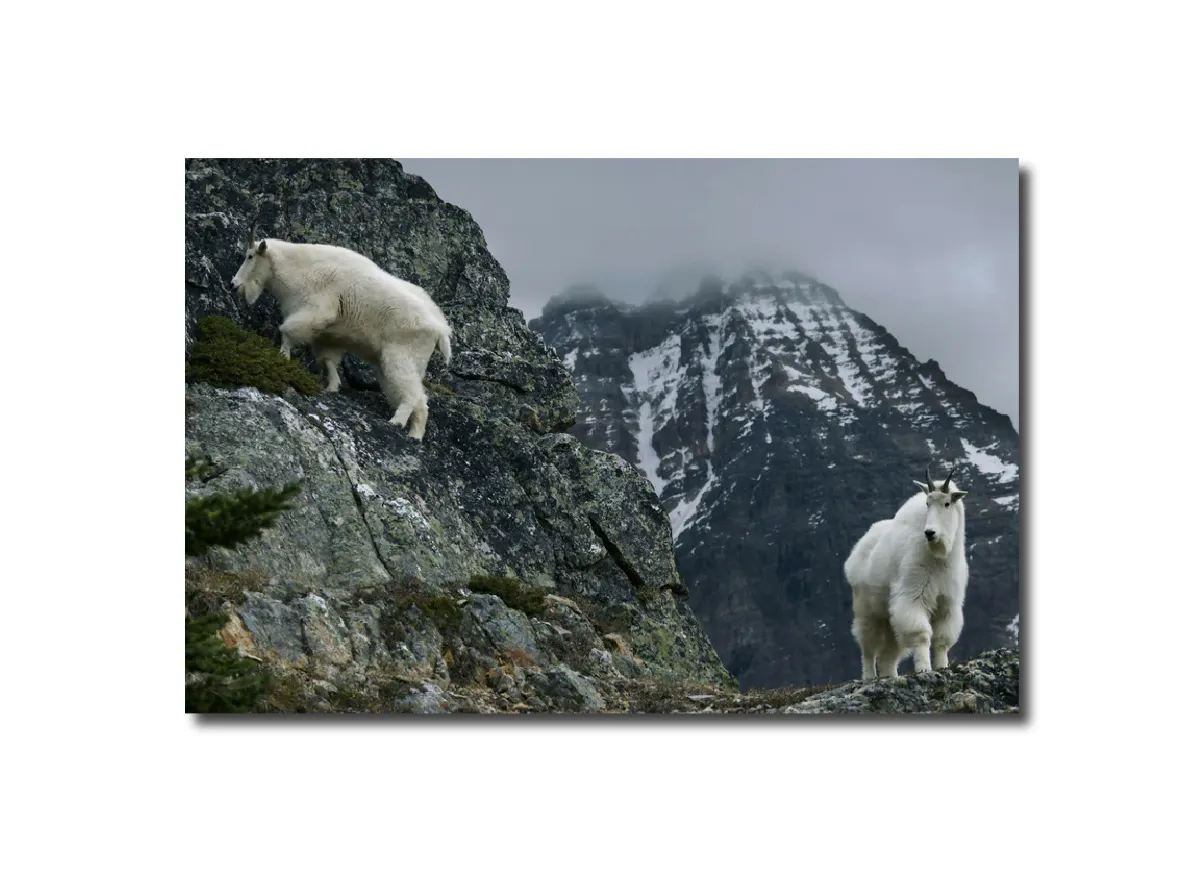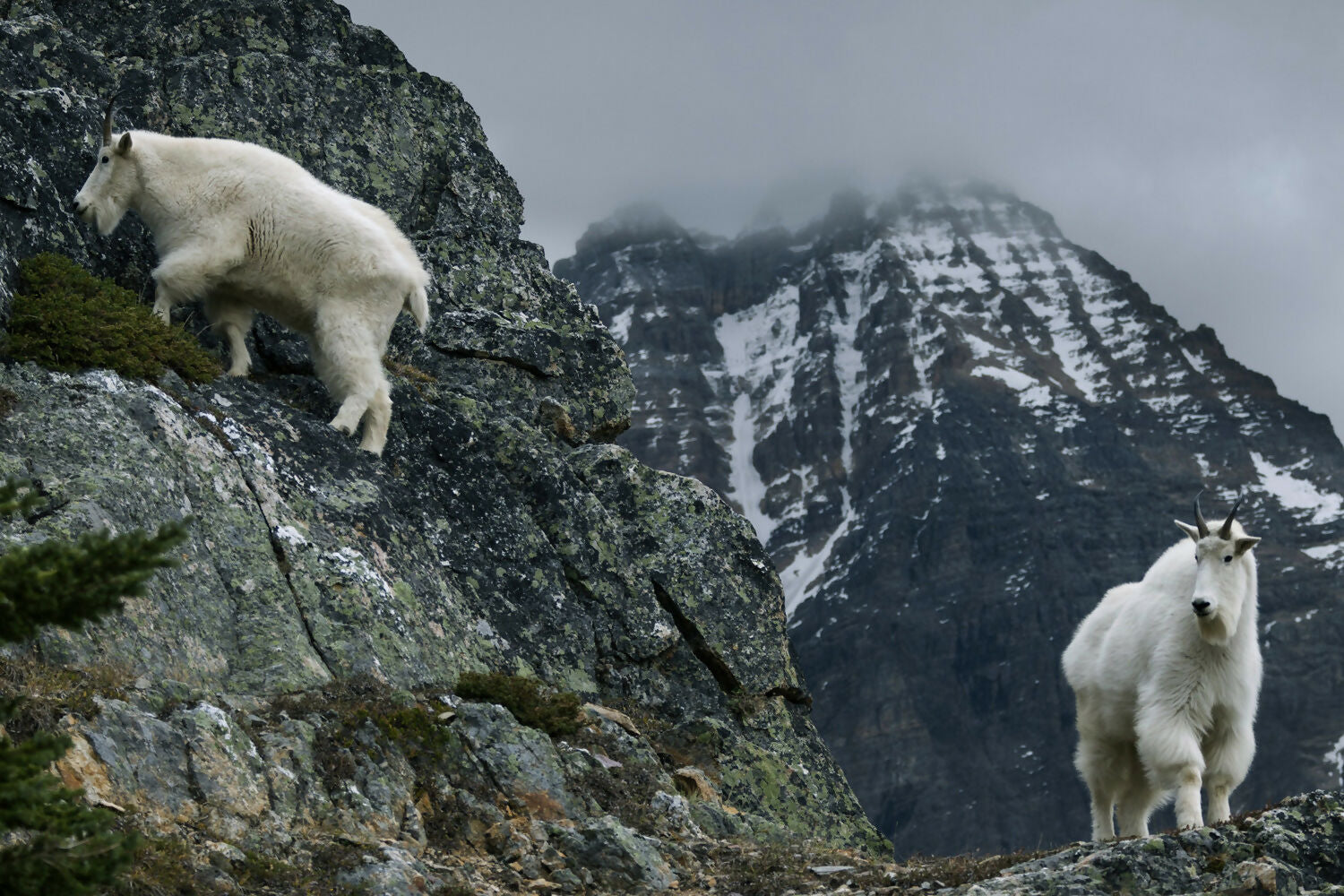

Mountain Goats, near Lake Victoria, Yoho National Park, Canada
Artist: Peter Essick
Certification of Authenticity: Apricus Art Collection
Signature: Signed by Artist
Archival Pigment Print
16" x 20" (12" x 18" image size)
Signed on verso, Edition 1/10
Choose options


Mountain Goats, near Lake Victoria, Yoho National Park, Canada
Sale price$300.00 USD
Regular price

Artist Biography
Artist Statement



